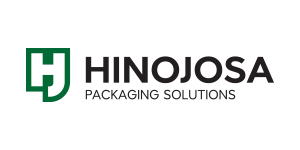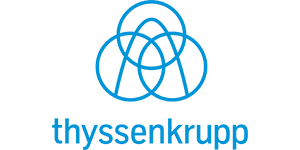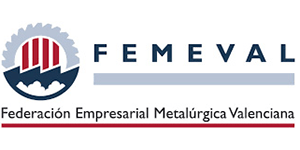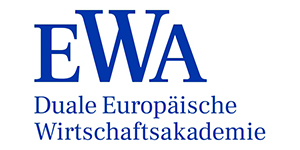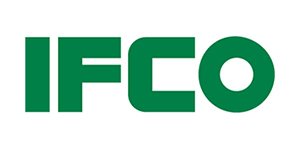Curso Online de Conversación en Inglés
10 horas (online) en calendario flexible
¿De qué trata?
Este curso está diseñado para grupos de hasta 6 personas con el que podrás mejorar tus habilidades de conversación en inglés. Como hilo conductor recurriremos a temas de actualidad que interesan tanto al público general como al mundo de los negocios. Ideal para estudiantes con un nivel de inglés intermedio o avanzado (B1, B2 y C1), este curso te ayudará a desenvolverte con confianza en discusiones y debates sobre eventos y tendencias recientes.
A lo largo del curso, abordaremos una variedad de temas relevantes, desde noticias globales y avances tecnológicos hasta tendencias económicas y cambios sociales. Cada sesión estará estructurada para maximizar la práctica oral, lo que ayudará a aplicar el vocabulario y las estructuras gramaticales en contextos reales.
Además, el curso está diseñado para que puedas adaptar lo aprendido a tu entorno profesional, mejorando tus habilidades de comunicación en reuniones, negociaciones y presentaciones.
Nivel B1, B2, C1 (10 horas)
Bonificable por FUNDAE
Objetivos
- Ganar en fluidez a la hora de comunicarse en inglés.
- Sentirse con seguridad y confianza en cualquier contexto donde se emplea el inglés.
- Utilizar frases y estructuras gramaticales como un nativo.
- Abordar temas de la actualidad en inglés que pueden venir bien en situaciones laborales.
Las actividades de este curso te darán la oportunidad de compartir tus experiencias y comentarios que tengas al respecto.
Dirigido a:
Público en general y de los negocios en particular.
Máximo 6 personas.
Cuándo:
Calendario y horario flexibles.
Dónde:
A través de nuestra plataforma online.
Metodología
Contenido que se adapta a las necesidades emergentes. Logística flexible respecto al lugar de impartición, el horario y la duración. Materiales personalizados con los documentos de la empresa que resulten más apropiados. Ofrece variedad de métodos de enseñanza a elegir que incluyen la enseñanza presencial en la empresa, la enseñanza a distancia por internet y autodidáctica.
Brenda Ng'andu
Precio: 89 € *
* Curso bonificable con FUNDAE. Te ayudamos con la gestión.
Pregúntanos por nuestra tarifa especial para grupos (máx. 6 personas)
Reserva tu plaza
¡Plazas limitadas!
Confían en nosotros














